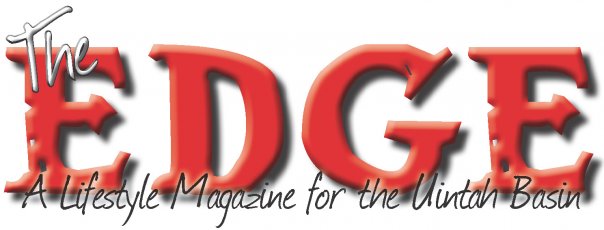Thanksgiving dinner and healthy are not normally used in the same sentence, but hopefully one of the things that we here at The Edge Magazine have been able to share with you, our readers, over the past two years is how being healthy CAN be something fun and enjoyable. Being healthy can include what you serve to your friends and family during the holiday season AS WELL AS how you can proceed when you are the guest. Do you know that the average Thanksgiving dinner has over 2000 calories? It can be a real challenge if you are watching your waistline. The following are some eating tips so that you can still look good and be healthy after the Thanksgiving dinner without having to deprive yourself.
For most of us, we will be invited to Thanksgiving dinner and here are a few tips to keep in mind when it comes to eating.
· Don't go to the Thanksgiving dinner hungry: we often eat faster and more when we are hungry - therefore eat a wholesome breakfast and lunch on the day to avoid overeating at dinner time.
· Thanksgiving dinner is not an all-you-can-eat buffet: Fill your plate half with vegetables, one quarter with a lean meat and the rest with a starch of your choice. Eat slowly and stop when you are full.
· Turkey - go skinless: choose your 4-oz turkey portion skinless to slash away some fat and cholesterol. Save your appetite for the side dishes and desserts.
· Side Dishes - watch your portion size: go for smaller portions. This way you can sample all the different foods. Moderation is always the key.
· Make a conscious choice to limit high fat items: high fat food items can be found in fried and creamy dishes as well as cheese-filled casseroles in a traditional Thanksgiving meal . For instance, mashed potatoes are usually made with butter and milk; green bean casseroles are often prepared with cream of mushroom soup, cheese and milk and topped with fried onions; candied yams are loaded with cream, sugar and marshmallows. If you cannot control the ingredients that go in to a dish, simply limit yourself to a smaller helping size. Again moderation is the key.
· Drink plenty of water: alcohol and coffee can dehydrate your body. Drink calorie-free water to help fill up your stomach and keep you hydrated
However if you are lucky enough to be able to be the honored chef, there are several things that you can do to help make the meal you are serving much more healthy.
· Substitute high fat ingredients with lower-fat or fat-free ingredients. see substitution table
· Leftover Turkey?
Instead of turkey sandwiches, use the leftover turkey to make a pot of soup with fresh chunky vegetables.
· Experiment with new recipes: I did a search on Google and found numerous delicious yet healthy low-fat contemporary Thanksgiving recipes. Experiment, its fun!
